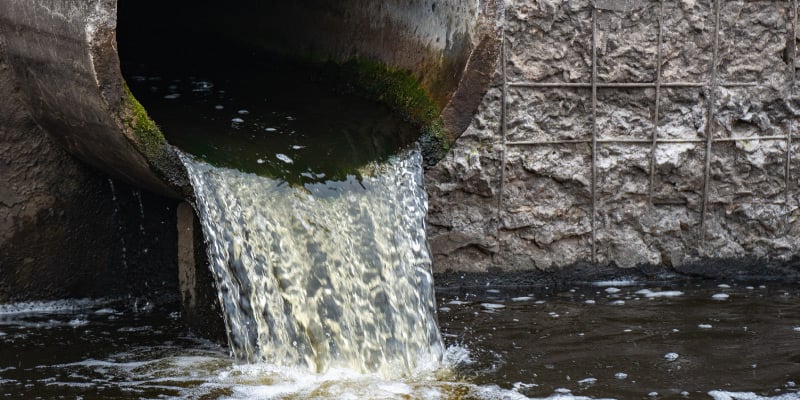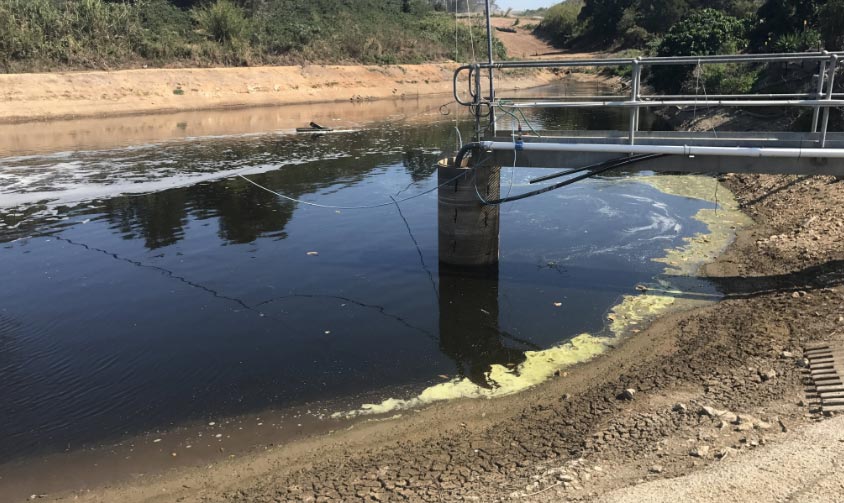Professional Liquid Waste Removal Melbourne: Quick and Budget-friendly Services
Professional Liquid Waste Removal Melbourne: Quick and Budget-friendly Services
Blog Article
How Fluid Waste Disposal Works: An In-depth Introduction of Methods and Technologies Employed

Introduction of Fluid Waste Types
The intricacy of fluid waste types necessitates a comprehensive understanding of their characteristics and implications for disposal. Liquid waste can generally be classified right into a number of types, consisting of industrial, local, farming, and harmful waste. Each group exhibits unique residential properties, requiring specific monitoring methods to minimize ecological and health and wellness dangers.
Industrial liquid waste originates from producing procedures and commonly contains a range of impurities, such as hefty steels, solvents, and organic compounds. Metropolitan liquid waste, mostly comprising wastewater from houses and industrial establishments, includes raw material, nutrients, and microorganisms (industrial wastewater treatment). Agricultural fluid waste, including runoff from farms, may include plant foods, chemicals, and animal waste, posing dangers to water quality and ecosystems
Dangerous liquid waste is identified by its poisoning, sensitivity, or possible to cause injury. This group includes materials like acids, bases, and specific chemicals that necessitate rigid handling and disposal protocols. Recognizing these varied liquid waste types is crucial for establishing efficient disposal techniques and ensuring conformity with ecological policies. Correct classification and characterization are necessary for applying proper treatment techniques and decreasing the negative influence on public wellness and the setting.
Physical Therapy Approaches

Testing is the initial step, where larger fragments and particles are gotten rid of from the fluid waste using screens or grates. This procedure shields downstream tools from damage and makes certain smoother procedure. Adhering to screening, sedimentation uses gravitational force to different solids from liquids. In sedimentation storage tanks, much heavier fragments resolve at the bottom, forming a sludge layer, while the clarified liquid can be further dealt with.
Purification is another important approach that entails passing the liquid via permeable materials, such as sand or membrane layers, to catch smaller fragments. This step improves the high quality of the fluid, making it appropriate for subsequent therapy processes.

Chemical Therapy Techniques
Chemical treatment methods are vital for efficiently managing fluid waste, especially in dealing with dissolved and colloidal contaminants that physical methods may not appropriately get rid of. These strategies use different chemical agents to counteract, speed up, or transform harmful substances into much less hazardous kinds.
One typical technique is coagulation and flocculation, where chemicals such as alum or ferric chloride are contributed to promote the aggregation of suspended fragments. This process boosts sedimentation, enabling much easier removal of the resulting sludge. Furthermore, oxidation processes, utilizing representatives like chlorine or ozone, are utilized to damage down complicated organic compounds and pathogens, rendering the waste safer for discharge or additional treatment.
Neutralization is one more vital strategy, which adjusts the pH of acidic or alkaline waste streams to neutral degrees, stopping possible damage to downstream systems and the environment. In addition, advanced oxidation processes (AOPs) use combinations of oxidants pop over here and ultraviolet light to degrade consistent contaminants, attaining a greater level of treatment efficiency.
Organic Treatment Procedures
Organic therapy procedures play a crucial role in the management of liquid waste by making use of microorganisms to break down organic matter and reduce impurity degrees. These processes can be extensively categorized into aerobic and anaerobic therapies, each using details microbial communities to attain effective waste destruction.
Aerobic treatment entails using oxygen to help with the breakdown of natural products by germs. This process is typically applied in triggered sludge systems, where oygenation storage tanks offer a conducive setting for microbial development, bring about the oxidation of industrial wastewater treatment organic contaminants. The resultant biomass can be divided from dealt with effluent via sedimentation.
In contrast, anaerobic treatment happens in the absence of oxygen, counting on different bacteria to damage down organic matter. This method is specifically advantageous for high-strength waste, as it generates biogas, an eco-friendly energy source, while lowering sludge manufacturing. Technologies such as anaerobic digesters are often employed in municipal and industrial applications.
Both anaerobic and cardiovascular organic therapies not only minimize the ecological impact of fluid waste yet additionally assist in source healing, making them necessary parts of sustainable waste management strategies. Their efficiency, flexibility, and efficiency sustain their extensive application across various industries.
Arising Technologies in Disposal
Innovative strategies to fluid garbage disposal are quickly progressing, driven by improvements in technology and a boosting emphasis on sustainability. Amongst these emerging modern technologies, membrane bioreactors (MBRs) have actually acquired grip for their capacity to incorporate organic therapy with membrane layer filtration, leading to top notch effluent that can be reused in various applications. MBRs make it possible for smaller footprints and more reliable operations see this site contrasted to typical systems.
One more encouraging development is the usage of anaerobic food digestion integrated with nutrient healing modern technologies, which not just treats liquid waste yet likewise creates biogas and recoups valuable nutrients like nitrogen and phosphorus. This dual advantage enhances resource performance and lowers environmental effect.
Additionally, advanced oxidation procedures (AOPs) are being taken on for the degradation of complicated organic toxins. These methods make use of effective oxidants and drivers to damage down pollutants at the molecular degree, providing a very efficient solution for challenging waste streams.
In addition, the integration of expert system and maker understanding in waste management systems is optimizing operational effectiveness and predictive maintenance, resulting in lowered expenses and boosted environmental compliance. These innovations mirror a significant shift towards even more efficient and lasting fluid garbage disposal methods.
Verdict
In final thought, efficient liquid waste disposal demands an extensive understanding of different methods and innovations. By continuously advancing these methodologies, it comes to be feasible to address the growing obstacles connected with fluid waste, ultimately adding to environmental defense and source healing.
Liquid waste disposal is a crucial facet of ecological management, needing a thorough understanding of numerous strategies and innovations customized to various waste types. Liquid waste can extensively be categorized right into numerous types, consisting of commercial, metropolitan, farming, and unsafe waste. Agricultural fluid waste, including runoff from farms, might have fertilizers, chemicals, and pet waste, posturing threats to water high quality and communities.
Different physical therapy techniques play a crucial role in managing fluid waste effectively - industrial wastewater treatment.In verdict, reliable liquid waste disposal necessitates an extensive understanding of different methods and modern technologies
Report this page